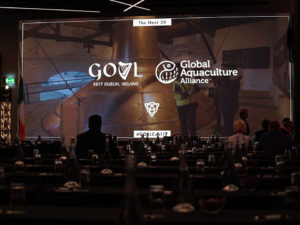
GOAL 2017: Images from Dublin
Miss out on GAA's annual GOAL conference? Take a spin through this photo gallery to see what you might have missed, or, if you were able to join us, relive some memories from four packed days in Dublin, Ireland.
Something must change if the U.S. government hopes to encourage rather than discourage aquaculture, particularly in federal “offshore” waters. Neil Sims says it’s time to stop exporting knowledge, innovation and investment.

Miss out on GAA's annual GOAL conference? Take a spin through this photo gallery to see what you might have missed, or, if you were able to join us, relive some memories from four packed days in Dublin, Ireland.
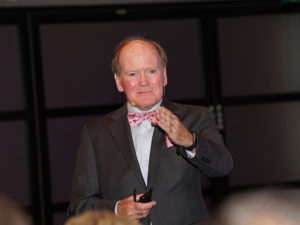
The great aquaculture opportunity – assuming responsibility as a reliable and predictable source of nutrition for a growing global population – would be better accomplished with a greater sense of confidence, according to keynote speaker Pearse Lyons.
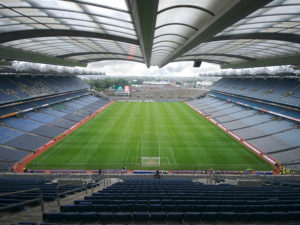
Follow the Global Aquaculture Advocate's coverage of the 2017 GOAL (Global Outlook for Aquaculture Leadership) conference at Croke Park in Dublin, Ireland.
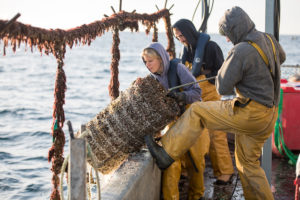
A project to grow lobsters in the open sea is giving researchers hope that the technology behind stock enhancement could be improved and that lobster farming could provide new prospects for diversification and employment.
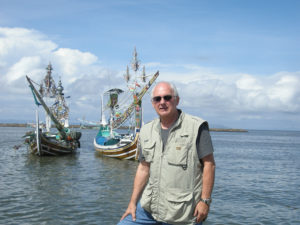
Longtime seafood industry analyst and consultant Howard Johnson envisions the new Seafood & Oceans Leadership Institute as a platform for dialogue around critical issues and a way to build stronger networks among industry, government and NGOs.
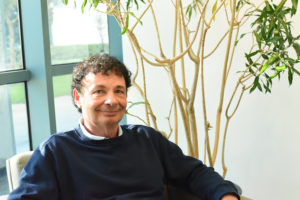
A proliferation of alternative feed ingredients has allowed aquaculture to extend the natural resources it depends on. AlgaPrime, packed with the long-chain omega-3 fatty acid DHA, is being recognized as a game-changing innovation for aquaculture feeds.
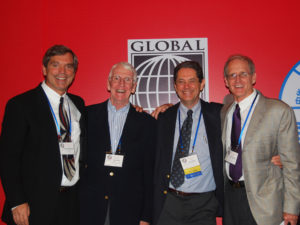
Under pressure for environmental impacts during its expansion in the 1990s, shrimp producers and marketplace representatives formed the Global Aquaculture Alliance to hold their industry to higher standards.

A timeline of key milestones and achievements by the Global Aquaculture Alliance and its third-party aquaculture certification scheme, Best Aquaculture Practices (BAP).
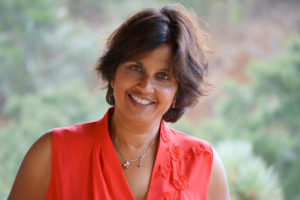
The third installment of Fish 2.0, taking place this November, will feature numerous aquaculture-related businesses at various stages of development. The competition’s founder dishes on what the judges will be seeing on stage.

With farmed shrimp production having largely shifted overseas, RAS technologies offer potential solutions for growing production in the United States. The industry is poised for growth, thanks to entrepreneurs who believe in its potential.
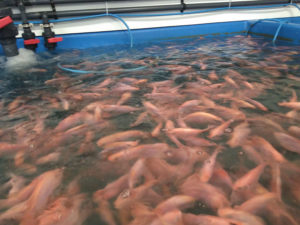
As global demand for food rises, the focus on water resources will intensify. In Berlin, a four-year research project is demonstrating the feasibility of aquaponics, which can drastically cut water inputs.
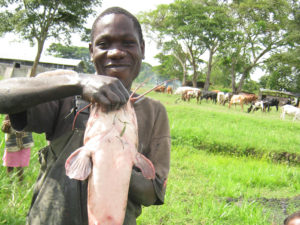
Africa offers innumerable opportunities and a raft of challenges for developing a modernized aquaculture industry. Investors are interested, and pursuing with cautious optimism.
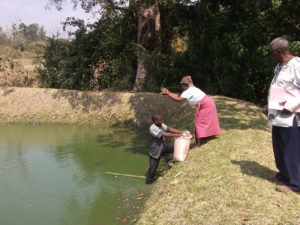
What is the future that Africa wants? Views on how to grow aquaculture on the continent vary widely, but no one disputes the notion that food security, food safety, income generation and job creation all stand to benefit.
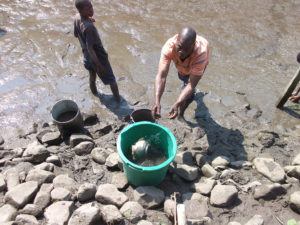
Now is the time for investment in efficiency improvements, better genetics, health management and more competition and innovation in the feed sector. Let's not perpetuate the myth that just a little more investment in some technical solutions will solve the problems in Africa.
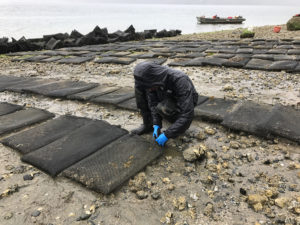
Initially, a new chip loaded with oyster DNA pieces will identify oysters resistant to the herpes virus, but in the future it may be able to identify oysters with other desirable characteristics, such as faster growth rates.